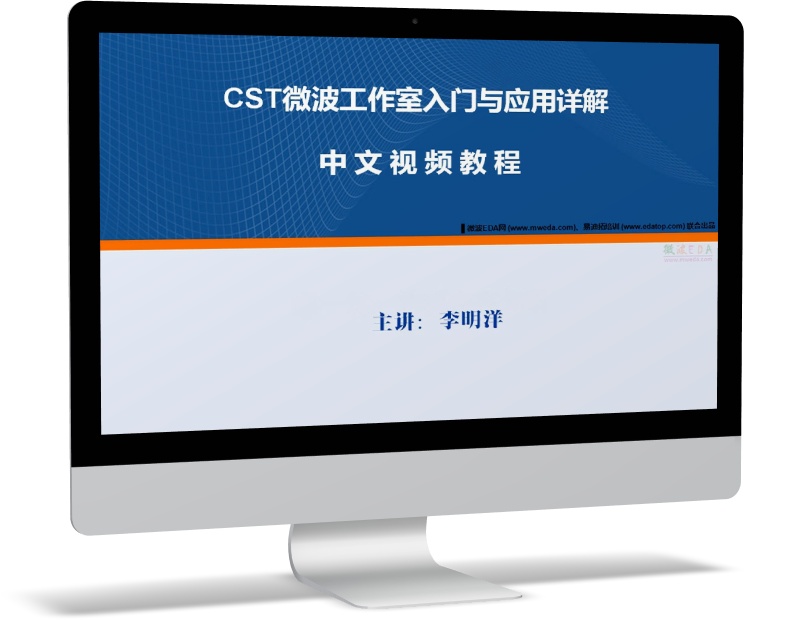【電磁技術(shù)在線】【元件篇】- 2. 腔體濾波
講師:Theunis Beukman
01:30 濾波器基礎
04:00 什么是耦合矩陣
05:30 FD3D三維濾波器設計室
09:10 三維建模流程
11:10 優(yōu)化方法
18:30 窄帶濾波器
19:45 微帶濾波器
22:00 三維雙工器
23:15 敏感度分析
26:30 高效優(yōu)化 demo
37:00 FD3D協(xié)同測試
38:30 自動建模 demo
46:50 自定義庫
The idea with FD3D is that the user simply specifies some frequency response. Then the software produces a large range of coupled-resonator filter topologies that would realise the specific transfer function. This is very useful because it enables the engineer to realise high-performance filters in different technologies, ranging from RF to mm-Wave.
General steps to design your own cavity filter:
Step 1: Choosing the type of resonator is of course very dependent on the 3D technology and manufacturing process available.This choice is typically influenced by things such as the desired insertion loss, size constraints and perhaps also tunability.
Step2: Then the coupling mechanisms are configured that would produce the desired level of energy transfer.
Step 3: Then the eigenmodes are calculated for these different models. Note that specific result templates are available for extracting these values from the modal results. All these filter parameter values (freq,Qe,CBW) are directly calculated from the coupling matrix, and are given in the matrix report in FD3D.
Step 4: Finally everything is brought together to form the complete filter model.
The initial response is of course detuned, due to the loading of the different arts. Remember each part was designed in isolation and therefore detuned result is expected. There are many different techniques to tune up a filter but they can be very cumbersome, and depending on the filter topology or modal content, they might never get you to the optimal tuned state.
In this video, you will learn the complate and efficient 3D filter workflow, from design assembly, optimization strategy, to cooperation with measurement.





